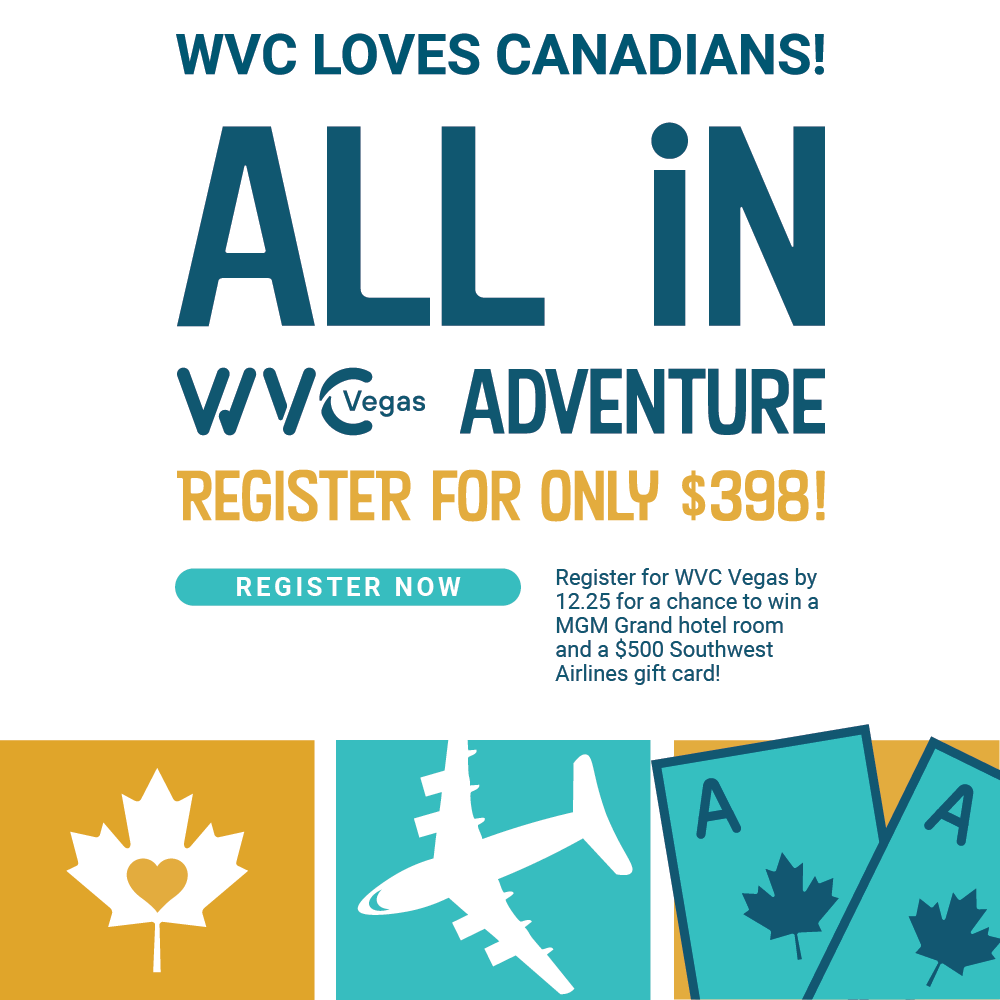CJVR - October 2025, Vol. 89, No. 4
Scientific
Articles
Comparative outcomes following laparotomy-assisted endoscopic removal or gastrotomy for treatment of linear foreign bodies in dogs and cats
Jonah Zitsman, Ryan Ford, Heather Baginski, Garrett Davis (page 123)
The purpose of this study was to compare the outcomes of linear foreign bodies anchored at the pylorus treated via laparotomy-assisted endoscopic removal versus traditional gastrotomy in dogs and cats. The medical records of patients that underwent either procedure from 2020 to 2022 at 1 of 3 affiliated private practice hospitals were reviewed retrospectively. Intra-operative parameters, including surgical time, signalment, pre-operative blood abnormalities, after-hours versus daytime surgeries, and level of surgical training, showed no differences between the 2 groups. The laparotomy-assisted group had a significantly decreased anesthetic time and total hospitalization duration. There was no significant difference in post-operative complication rates between the 2 groups, although incisional infections occurred in 12/121 (10%) of the gastrotomy patients and only 2/24 (8%) of the laparotomy-assisted endoscopy patients. In addition, none of the laparotomy-assisted groups developed post-operative septic peritonitis, whereas septic peritonitis occurred in 2/121 (1.6%) of gastrotomy patients. Laparotomy-assisted endoscopic removal of linear foreign bodies anchored at the pylorus is a viable treatment option that may have the benefits of decreased anesthetic and hospitalization times.
The role of HbA1c in identifying dogs at high risk for diabetes despite normal blood glucose levels
Jeong-Ho Ha, Yunho Jeong, Jin-Ok Ahn, Jin-Young Chung (page 130)
The objective of this study was to confirm the clinical utility of hemoglobin A1c (HbA1c) in identifying dogs at a high risk for diabetes. In this cross-sectional study, all the dogs were categorized into a control group and 3 experimental groups (overweight, elderly, and dogs with diseases that can contribute to diabetes). The control group included young and healthy dogs that visited veterinary clinics mainly for health checkups or neutering. The HbA1c concentration of all the dogs was estimated and compared between the control group and the experimental groups. The HbA1c level was significantly higher in the experimental groups than in the control group. In addition, a significant correlation was observed between the HbA1c concentration and all experimental variables. The HbA1c concentration was higher in the overweight group [mean, median: 3.94, 3.9; range (R): 3.5 to 4.3%], the elderly group [mean, median: 3.94, 3.9 (R: 3.5 to 4.3%)], and the disease group [mean, median: 3.99, 4.0 (R: 3.5 to 4.9%)] than in the control group [mean, median: 3.52, 3.6 (R: 2.9 to 3.8%)]. According to the results of this study, HbA1c can be used to evaluate high-risk groups for diabetes in the veterinary field, as in human medicine.
Optimization of conditions related to Chrono-log platelet aggregation in feline whole blood
WeiChun Huang, Anthony Carr, Kevin Cosford (page 136)
Platelet function testing is a crucial component in the diagnosis and management of hemostatic disorders in feline patients. Despite its importance, standardized methodologies for assessing platelet function in cats remain underexplored. This study aimed to optimize the conditions for Chrono-log platelet impedance aggregometry (IA) in feline whole blood, focusing on the impact of agonist type (collagen or ADP), agonist concentration, and anticoagulant (citrate or hirudin) on platelet aggregation responses. Whole blood from 10 clinically healthy domestic shorthair cats was prospectively evaluated under varying experimental conditions. Our results indicated that hirudin-anticoagulated samples produced significantly higher platelet aggregation responses compared to those anticoagulated with citrate across all agonist concentrations. A partial dose-dependent relationship was observed with collagen but not with ADP. These findings underscore the importance of selecting appropriate assay conditions for accurate platelet function testing in cats. This study provides insight into the methodology of feline whole blood impedance platelet aggregometry using the Chrono-log analyzer.
Evaluation of risk of dehiscence in dogs and cats after gastrotomy
Masha Roman, Daniel Spector (page 144)
The objective of this study was to evaluate the rate of dehiscence after surgical gastrotomy in dogs and cats. A secondary objective was to determine factors associated with dehiscence. Electronic medical records were searched for patients (141 dogs and 71 cats) undergoing gastrotomy from 2012 to 2024. Data collected included age, sex, additional procedures done under the same general anesthesia, presence and duration of surgical hypotension, comorbidities, long-term medications, use of a 1- or 2-layer closure, suture pattern of closure, pre-operative lactate and albumin concentrations, American Society of Anesthesiologists (ASA) status, whether or not surgery was done after-hours, a Board-certified surgeon was present, and dehiscence was confirmed. Two of 212 (0.94%) animals had a confirmed gastrotomy dehiscence based on diagnosis of septic peritonitis peri-operatively. These patients had only a gastrotomy, with no other surgical procedures. The dehiscence rate was too low and uncommon to statistically evaluate factors associated with dehiscence after gastrotomy. Confirmed gastrotomy dehiscence rates appeared lower than previously reported in the small intestines. As it was not possible to determine specific factors associated with an increased risk of dehiscence, further studies are required to identify and evaluate such factors.
Short Communication
Serotype distribution of Actinobacillus pleuropneumoniae isolated from diseased pigs in Argentina (2020–2024)
Valentina I. Cane, Marcelo Gottschalk, Antony T. Vincent, Fernando D. Cane, Javier E. Sarradell, Julia L. Cane, Norma B. Pereyra (page 149)
This study aimed to monitor the serotype distribution of Actinobacillus pleuropneumoniae in Argentina from 2020 to 2024. A total of 105 App strains, isolated from pigs that died of porcine pleuropneumonia, were serotyped using multiplex PCR. The results showed a predominance of serotype 1 (66.7%), followed by serotypes 4 (12.4%), 5 (7.6%), 7 (6.7%), 8 (4.7%), and 12 (1.9%). This study confirms the continued dominance of serotype 1 in Argentina and highlights the importance of ongoing surveillance to improve disease control strategies.
 Skip to main content
Skip to main content
